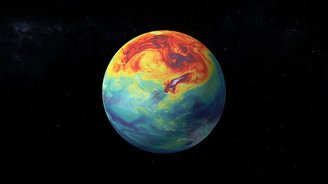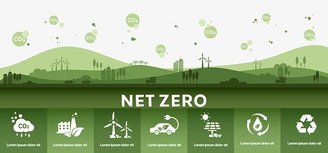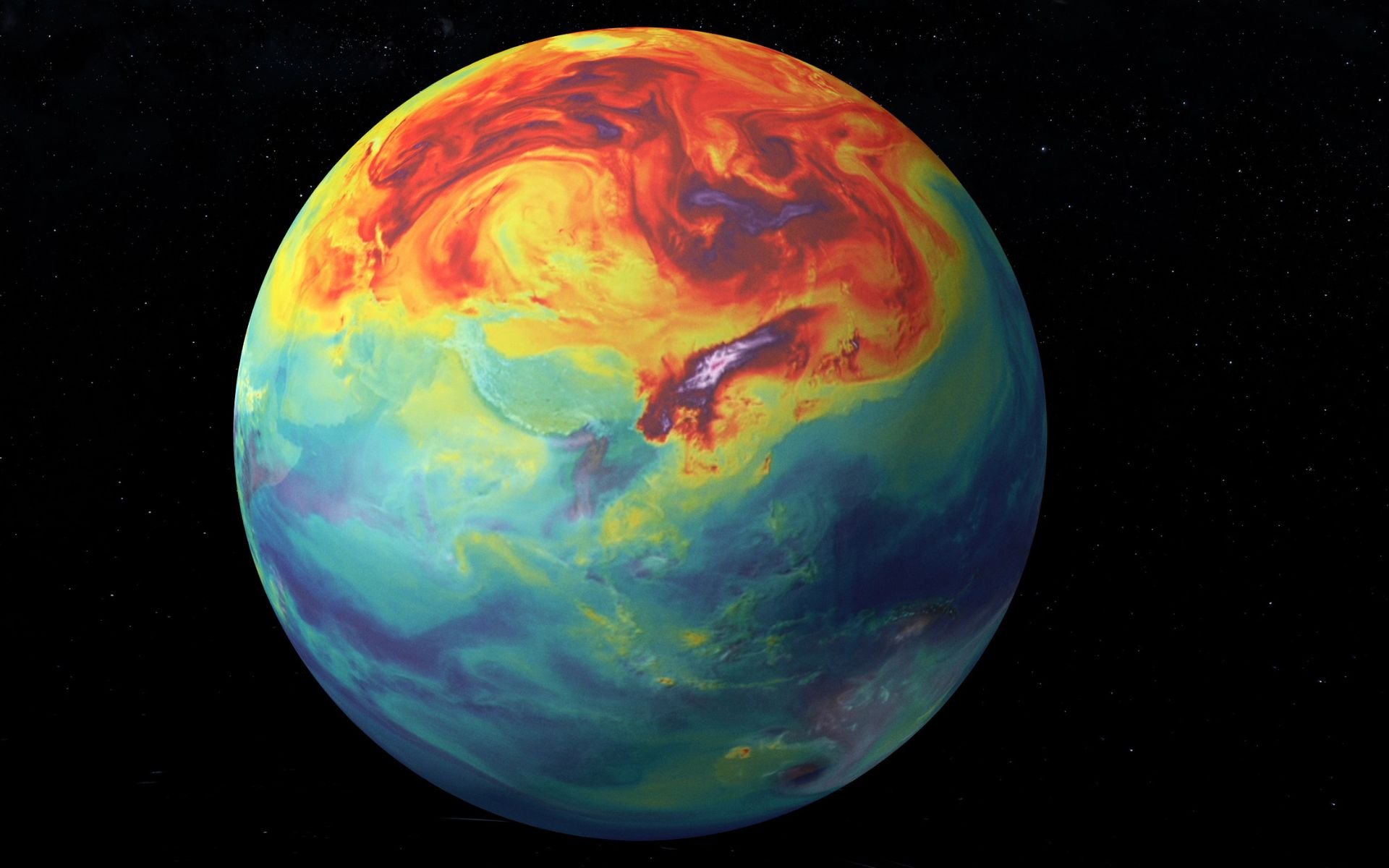Researchers from the universities of Utah and Columbia in the United States are studying the evolution of carbon dioxide concentrations over millennia and their impact on climate events on Earth. Preliminary data from the research was published in the journal Science.
HE Carbon dioxide (CO2) is one of the main gases causing the greenhouse effect. It is formed as a result of the burning of fossil fuels (oil, coal, natural gas). It currently represents a global problem, with its highest concentration in the atmosphere at 419 ppm (parts per million).
So how do you know if this is the first time in the planet’s history? Answering this and drawing parallels between CO2 levels Researchers came together in the Cenozoic Carbon Dioxide Proxy Integration Project (CenCO2PIP).
A look back 66 million years ago!
The researchers explain that it is possible to directly measure the amount of carbon dioxide present in different periods. through analysis of the amounts of air bubbles found in glacier samples.. However, this method of study only takes us back 800,000 years; because this is the limit at which the ice “ends”.
Another method is the analysis of isotopes and organic substances found in the lower layers. This study, known as proxy, is conducted indirectly and is less precise than the first. However, in order for this data to have a good structure The team wants to conduct a study going back 66 million years.

According to preliminary data, the gas concentration may have reached 1,600 ppm in the Cenozoic period and decreased over the ages, reaching 270 ppm in the Pleistocene.
With the modern age, the industrial revolution, and now new industries, reaching the 419 ppm limit means reaching the highest concentration in 14 million years.
Is the past repeating itself?
The study has several goals, including understanding what CO2 levels are like. may have influenced the evolution of living things throughout the planet’s history.

By studying the past, they hope to understand and make better predictions about what our future could be like if we fail to curb polluting gas emissions. By 2100, carbon dioxide levels are expected to reach 600 ppm to 1000 ppm.
Therefore, it is important to be able to predict what may happen to our planet and create strategies and tools to combat climate change. That’s why studies like CenCO2PIP are important.
Stay up to date on the effects of climate change on our planet at TecMundo. If you wish, take the opportunity to understand what carbon credit is and how Brazil can lead this market.
Source: Tec Mundo
I’m Blaine Morgan, an experienced journalist and writer with over 8 years of experience in the tech industry. My expertise lies in writing about technology news and trends, covering everything from cutting-edge gadgets to emerging software developments. I’ve written for several leading publications including Gadget Onus where I am an author.













